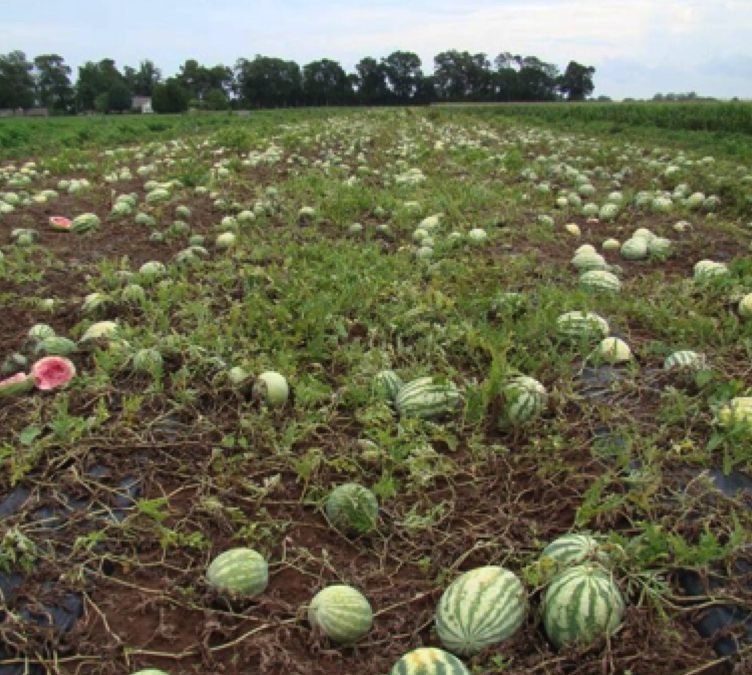
by Logan Boatwright | May 13, 2019
Within the past two weeks, there have been multiple calls about pests affecting watermelon crops. One pest in particular is Didymella bryoniae, better known as Gummy Stem Blight (GSB) has been an issue. This fungus is a common problem in Florida and can cause...
by Danielle S. Williams | Apr 26, 2019
This year’s Citrus Health Forum took place on Thursday, April 18, 2019 at the UF/IFAS NFREC in Quincy, Florida. Specialists from the University of Florida and the USDA provided growers from across the region with information about current citrus production practices...
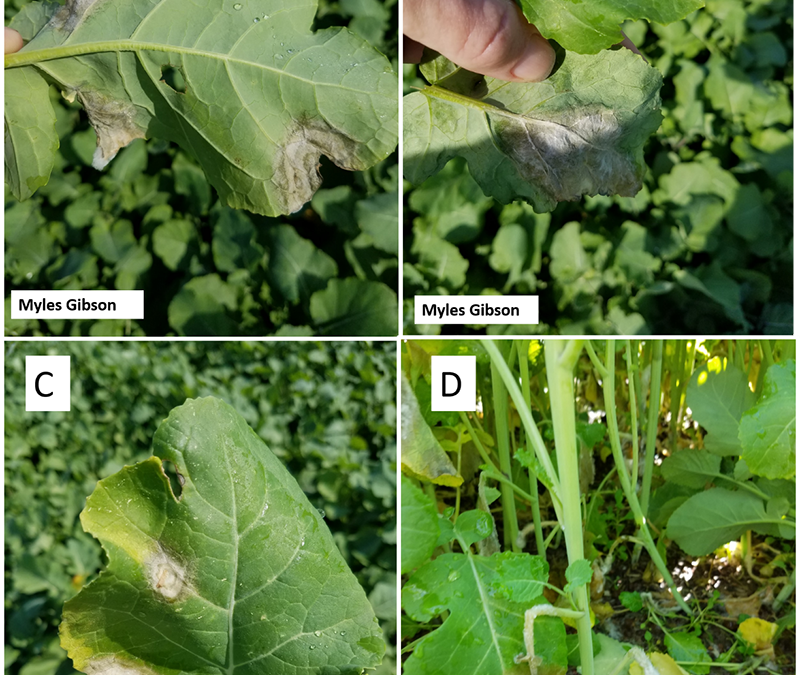
by Fanny Iriarte | Mar 22, 2019
Fanny Iriarte, Ian Small, David Wright, Ramdeo Seepaul, Jim Marois and Myles Gibson Sclerotinia stem rot (most commonly known as white mold), caused by the fungus Sclerotinia sclerotiorum, is a common disease of the brassica crop carinata. In the last 4-5 years, white...
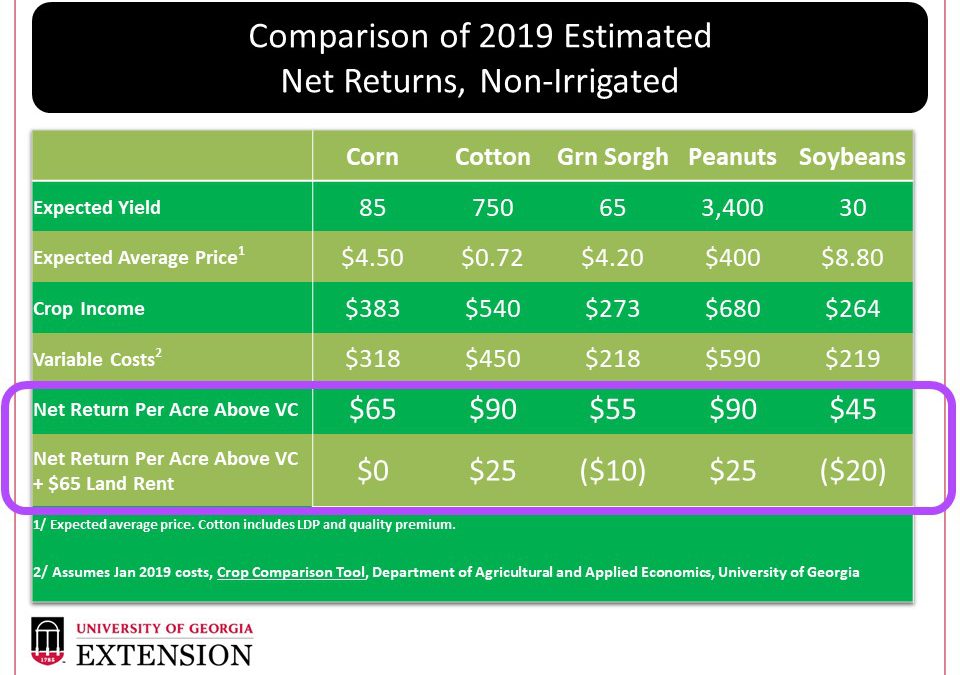
by Ethan Carter | Mar 15, 2019
The 2019 Panhandle Row Crop Short Course was Thursday, March 7, 2019. Extension Specialists from Florida and Georgia spoke to attendees providing production recommendations and various management tips for row crops farmers. Continuing education units (CEUs) were...
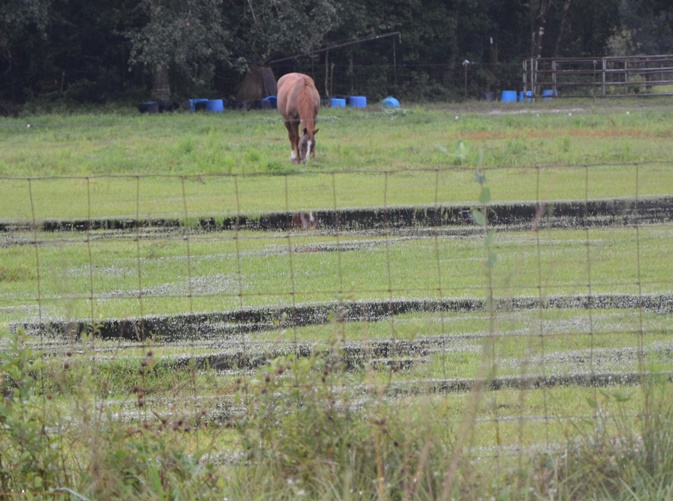
by Les Harrison | Feb 15, 2019
The plentiful rain fall in recent months has a number of benefits. Among these is ample moisture for forage production in pastures and paddocks. Unfortunately, too much of a good thing (rainwater) can be detrimental, in this case, to the equine population. Thrush,...
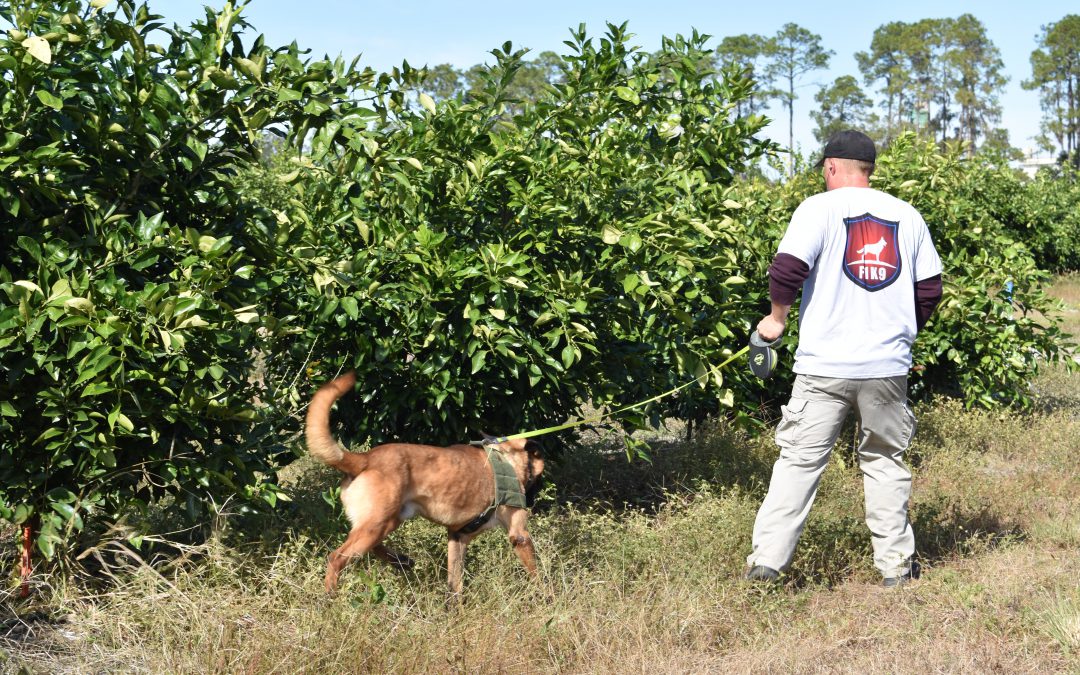
by Danielle S. Williams | Jan 18, 2019
For decades, humans have relied on dogs to detect explosives, illegal drugs, lost people and wildlife. More recently, they have been used to detect pests such as termites, bedbugs and agricultural insect pests. Now, we can add agricultural diseases to the list....






